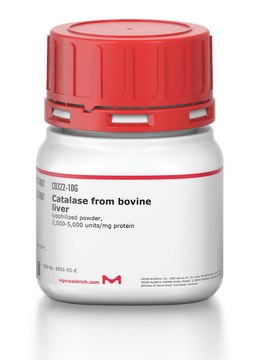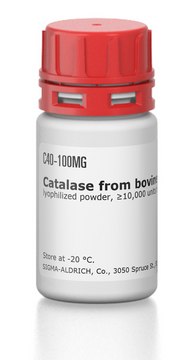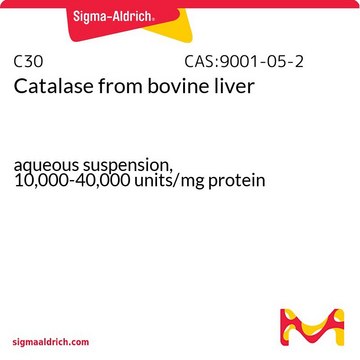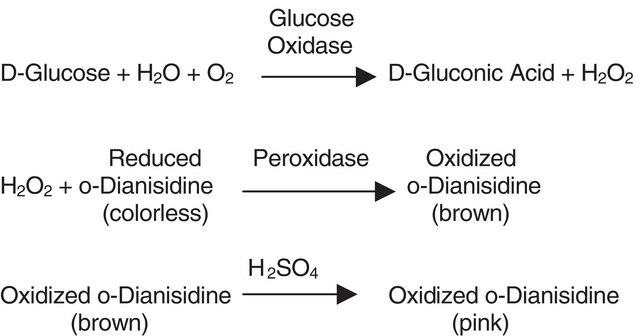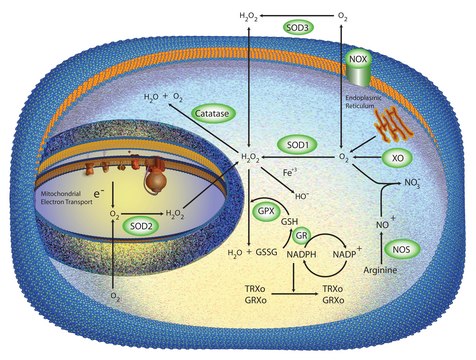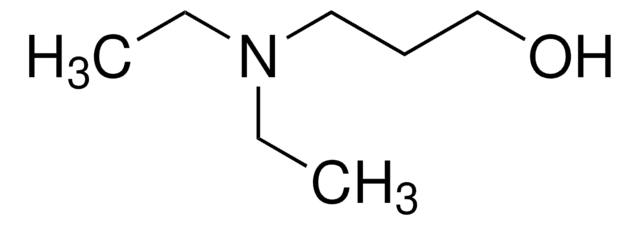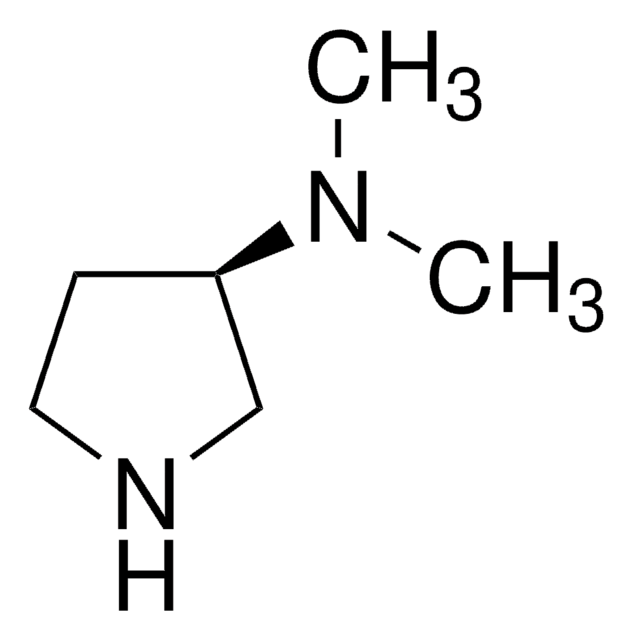M7571
MK-571 sodium salt hydrate
≥95% (HPLC), powder, leukotriene D4 antagonist
Synonym(s):
5-(3-(2-(7-Chloroquinolin-2-yl)ethenyl)phenyl)-8-dimethylcarbamyl-4,6-dithiaoctanoic acid sodium salt hydrate, L-660711
Select a Size
About This Item
Recommended Products
Product Name
MK-571 sodium salt hydrate, ≥95% (HPLC)
Quality Level
Assay
≥95% (HPLC)
form
powder
storage condition
desiccated
color
white to beige
solubility
H2O: 15 mg/mL, clear
originator
Merck & Co., Inc., Kenilworth, NJ, U.S.
shipped in
wet ice
storage temp.
−20°C
1 of 4
This Item | D18609 | 901255 | 656712 |
|---|---|---|---|
| assay 95% | assay 95% | assay ≥95% | assay 95% |
| Quality Level 100 | Quality Level 200 | Quality Level 100 | Quality Level 100 |
| density 0.884 g/mL at 25 °C (lit.) | density - | density 0.898 g/mL | density 0.899 g/mL at 25 °C (lit.) |
| bp 81-83 °C/15 mmHg (lit.) | bp - | bp - | bp 166 °C/760 mmHg (lit.) |
| form liquid | form solid | form liquid | form - |
| refractive index n20/D 1.4435 (lit.) | refractive index - | refractive index n/D 1.407 | refractive index n20/D 1.4650 (lit.) |
Application
- as an efflux inhibitor for monitoring multidrug resistance protein (MRP)-function and to avoid redundancy of other transporters[1]
- to assess its effect on cell proliferation and 2D-migration in vitro in various cell lines of glioblastoma multiforme (GBM)[2]
- as multidrug resistance (MDR) transporter inhibitor to study its effects in ovarian cancer cells[3]
- as specific inhibitors of ABCC1/2 to investigate transport, toxicity, flow cytometry and arsenic efflux[4]
Biochem/physiol Actions
Features and Benefits
Signal Word
Warning
Hazard Statements
Precautionary Statements
Hazard Classifications
Eye Irrit. 2 - Skin Irrit. 2 - STOT SE 3
Target Organs
Respiratory system
Storage Class Code
11 - Combustible Solids
WGK
WGK 3
Flash Point(F)
Not applicable
Flash Point(C)
Not applicable
Personal Protective Equipment
Choose from one of the most recent versions:
Already Own This Product?
Find documentation for the products that you have recently purchased in the Document Library.
Customers Also Viewed
Our team of scientists has experience in all areas of research including Life Science, Material Science, Chemical Synthesis, Chromatography, Analytical and many others.
Contact Technical Service